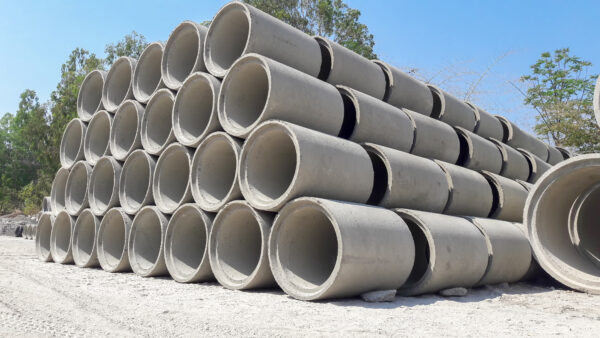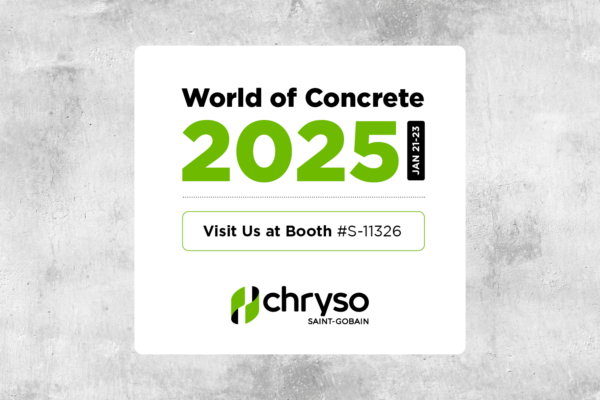Cracking of Masonry Walls Technical Bulletin – TB-0007B

The DRY-BLOCK® System of admixtures for concrete masonry units (CMU) and mortar is an effective water-repellent system. However, DRY-BLOCK® cannot prevent water from penetrating a wall with cracks. Cracking occurs as a result of a number of factors such as the expansion and contraction within the masonry materials due to temperature and moisture changes, the movement of adjacent materials such as beams or slabs, and poor workmanship. Movement of the building materials is virtually inevitable and steps must be taken to accommodate this movement to minimize cracks. Regardless of the water-repellent system, cracks are an invitation to water penetration. While DRY-BLOCK® CMU and mortar remain water-repellent, the integrity of the wall is breached by the crack and water can penetrate.
Preventing cracks requires attention to a number of details in the overall masonry design and construction. Incorporating crack control measures into all masonry projects is very important. The proper application of crack control measures, including control joints, can help ensure satisfactory performance of the wall. Two National Concrete Masonry Association (NCMA) TEK notes address crack control strategies and control joints:
- NCMA TEK 10-1 – Crack Control in Concrete Masonry Walls
- NCMA TEK 10-2 – Control Joints for Concrete Masonry Walls – Empirical Method
Proper tooling of the mortar joints during construction is important to minimize hairline cracks between the mortar and the CMU. Mortar joints should be tooled when they are just thumbprint hard using a concave or ‘V’ profile. A properly tooled joint will have a dense surface and the tooling action will develop an intimate contact between the mortar and the adjacent masonry unit. Other profiles such as raked, flush, extruded, struck, beaded or weathered should not be used because they do not compress the mortar sufficiently and result in mortar joints that are not as Cracking of Masonry Walls water-resistant and are more prone to hairline cracks
Good water resistant masonry design practices also include properly detailed and installed flashing and weeps. Because DRY-BLOCK® significantly reduces the capillary suction properties of the masonry, water will not wick into the interior of the building. Instead, when DRY-BLOCK® is utilized with proper flashing and weeps, any water that might find its way through a crack will be collected on the flashing and redirected to the exterior through the weep holes. Three NCMA TEK notes address the overall design of single-wythe masonry walls and proper flashing concepts:
- NCMA TEK 19-2 – Design For Dry Single-Wythe Concrete Masonry Walls
- NCMA TEK 19-4 – Flashing Strategies for Concrete Masonry Walls
- NCMA TEK 19-5 – Flashing Details for Concrete Masonry Walls
If cracks do occur in a wall containing DRY-BLOCK®, they should be repaired as soon as possible. The method used to repair cracks should be discussed with the architect or design engineer. If a cracked DRY-BLOCK® CMU is removed during repair efforts, then it must be replaced with another CMU that contains DRY-BLOCK®. Likewise, if cracked mortar containing DRY-BLOCK® needs to be repaired, then the tuckpointing mortar must contain DRY-BLOCK®. Additional information on repairing cracks in masonry can be found in:
- NCMA TEK 8-1A – Maintenance of Concrete Masonry Walls
The DRY-BLOCK® System has been successfully used in thousands of concrete masonry structures to provide unsurpassed moisture control, but to ensure this performance a crack control strategy must be utilized.





